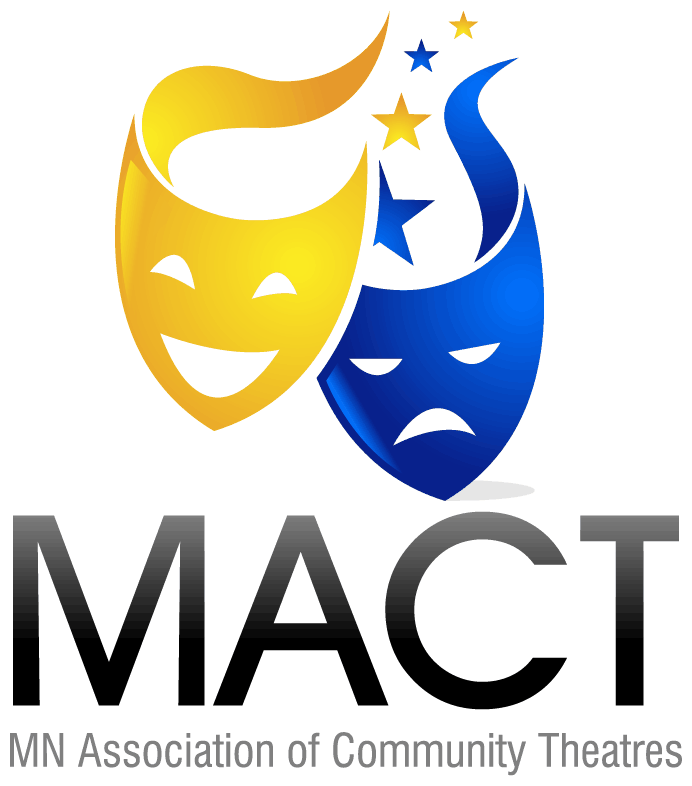by Steven LaVigne
It was Martin Charnin’s idea to transform Harold Gray’s comic strip, Little Orphan Annie, into a musical. However, when he first suggested it to playwright Thomas Meehan and composer Charles Strouse their response was negative. They gradually came around to the project.
At the time, the United States had survived the Nixon/Watergate debacle and the end of the Vietnam War. Annie premiered in August 1976 at the Goodspeed Opera House, which had earlier nurtured Shenandoah and Man of La Mancha. The following January, Jimmy Carter became the 39th President of the US, bringing strong optimism into his administration. That April, Annie opened at the Alvin (now Neil Simon) Theater, winning the Tony for Best Musical. There have been three revivals and it’s been produced consistently on semi-professional, community and school theaters ever since.
Columbia Pictures CEO Ray Stark, wanted lightning to strike twice following the success of Funny Girl, so he bought the rights and proceeded to transform Annie into a multimillion-dollar film musical.
There are both good things and bad things about this film.
The stage version has a reasonably simple plot: the Hudson Street Orphanage is an annex and Miss Agatha Hannigan is in charge of seven orphans, including Annie. Annie escapes in a laundry basket, but is caught and returned. She’s about to feel Miss Hannigan’s wrath when Grace Farrell arrives to invite an orphan to spend Christmas at the home of Oliver Warbucks. Much to Miss Hannigan’s chagrin, Annie is chosen. As the story progresses, Daddy Warbucks grows to love her and plans to adopt her. This brings conflict into the plot. When a nationwide search for her parents begins, Miss Hannigan plots with her brother, Rooster and his femme fatale, Lily St. Regis (“like the hotel”), to have them pose as Annie’s parents, who will get both Annie and a reward. The authorities are alerted, and FDR announces “A New Deal for Christmas.”
Directed for the screen by John Huston, with choreography by Joe Layton, Meehan’s libretto was adapted by Carol Sobieski. The cast features Albert Finney as Oliver Warbucks, Carol Burnett as Miss Hannigan, Bernadette Peters as Lily St. Regis, Ann Reinking as Grace Farrell, Tim Curry as Rooster Hannigan, Geoffrey Holder as Punjab, Roger Minami as The Asp, Edward Hermann as FDR and Aileen Quinn as Annie.
For some unexplained reason, Sobieski, moved the story from winter to summer. While this accommodated the outdoor scenes, it takes away much of the charm. Furthermore, to give the plot more tension, the climax features Rooster chasing Annie up the raised B&O railroad bridge. She’s rescued by Punjab. The movie ends on the Fourth of July with a huge circus party at the Warbucks mansion. Miss Hannigan enters riding an elephant. While Franklin and Eleanor Roosevelt are part of the festivities, there’s no mention of the New Deal.
Overall, the movie is excessively dull.
Several elements of the stage version are missing. Annie never winds up in a Hooverville, offered a meal by the homeless who are cooking over the fire in a metal barrel as they sing about thanking Herbert Hoover. The lively production number “NYC” is replaced by “Let’s Go to the Movies,” set in Radio City Music Hall, where they watch “Camille,” which didn’t play the Music Hall and firmly places the story in 1937, four years after the stage version takes place. The lovely song where Daddy Warbucks tells Annie about his life, “Something was Missing” is gone as well.
Five new songs were added to the score, including two songs about her adopted dog, Sandy. Only one number really takes this movie out of its doldrums, “We Got Annie.” The genuine highlight of this movie, Ann Reinking glides along the garden as the staff share their thoughts about the title character as Punjab and The Asp (Minami is wasted in this thankless role) jive in the driveway.
The biggest question is why John Huston accepted this project. The man whose career as one of Hollywood’s too-notch directors, responsible for such films as The Maltese Falcon, Treasure of the Sierra Madre, The African Queen, The Night of the Iguana, The Man Who Would Be King, Prizzi’s Honor, The Dead, The Misfits, Moulin Rouge (the 1952 version) and many more was hardly the right person to helm this musical for the screen.
Carol Burnett, Ann Reinking, Geoffrey Holder are the prime reasons there’s any life in this movie. Aileen Quinn is a tough little cookie, but she hardly endures. Even so, the film was a huge success and is beloved by many.
Remade for TV in 1997 starring Kathy Bates, Victor Garber, Alan Cumming, Kristin Chenowith and Alicia Morton as Annie, the plot was condensed, but this version is closer to the stage version. This is the version I prefer. Several other Annie movies were made, most recently, a ghastly TV version, featuring an over-the-top Taraji P. Henson as Miss Hannigan that’s barely watchable. John Huston would make three more films before his passing in 1988: Under the Volcano, Prizzi’s Honor and his beautiful film adaptation of James Joyce’s The Dead. The latter has also been made into a stage musical. It may never be made into a film, but a locally staged production would be nice to see.
 MACT
MACT